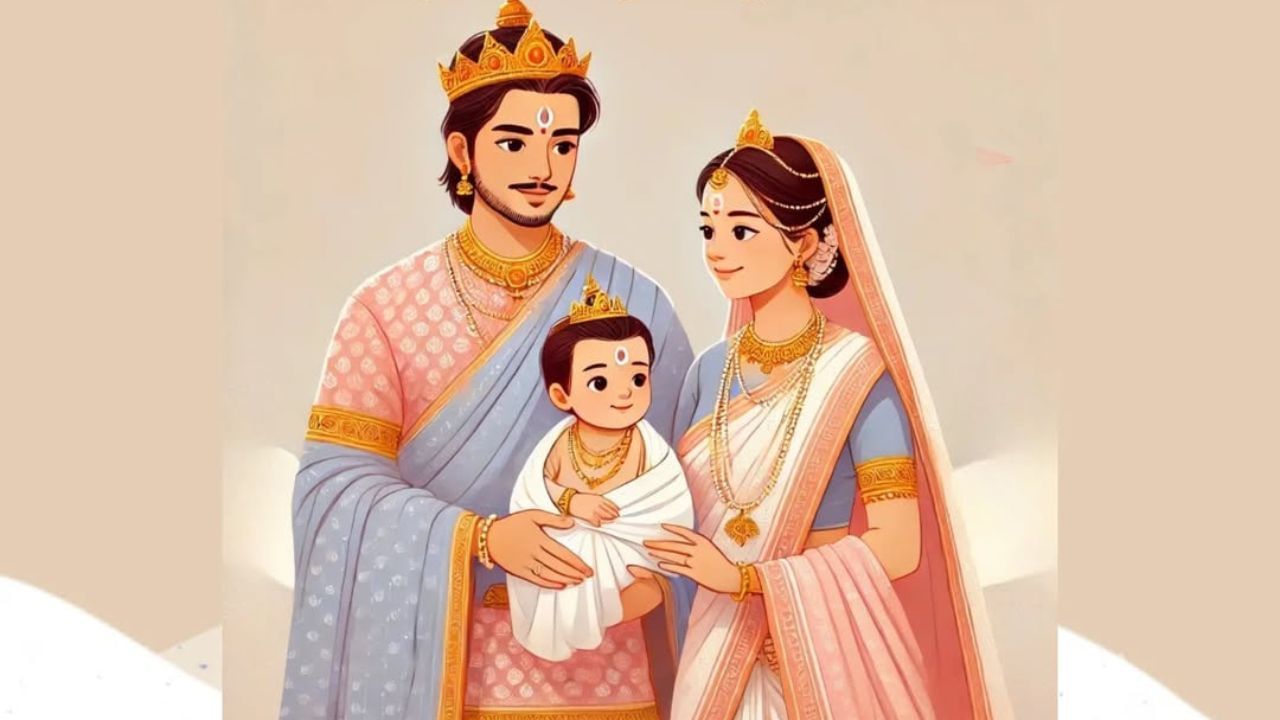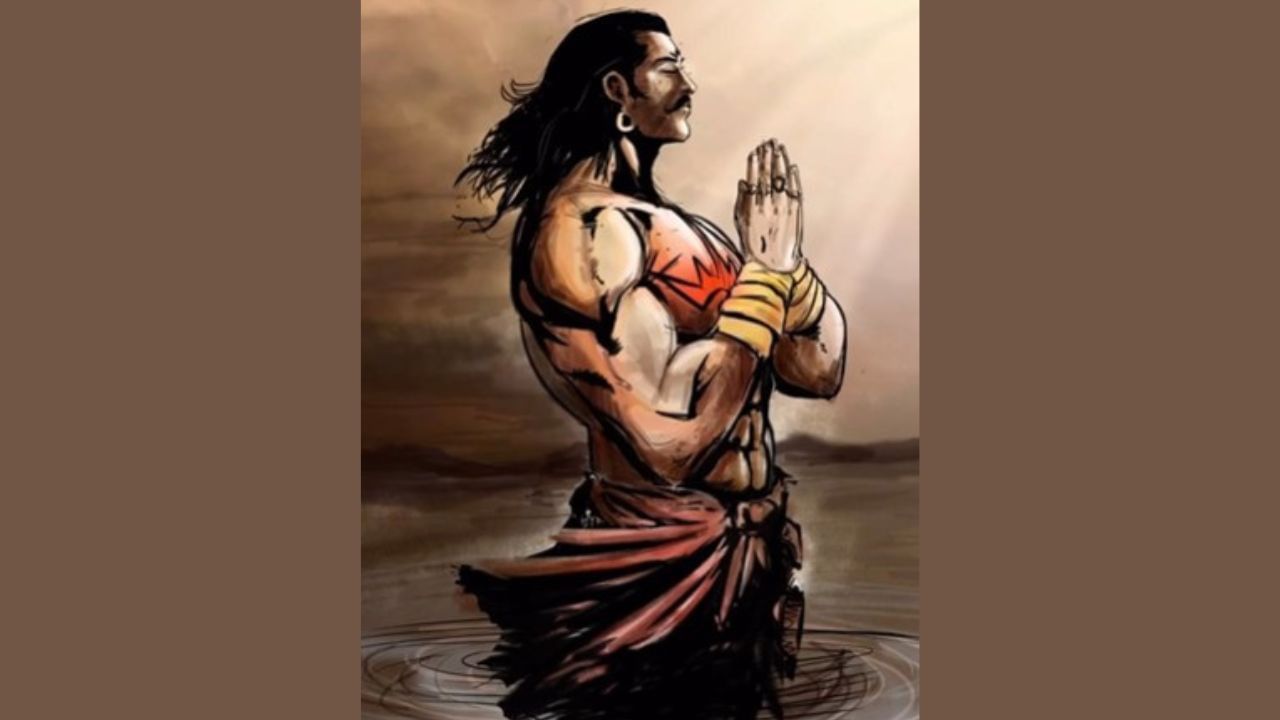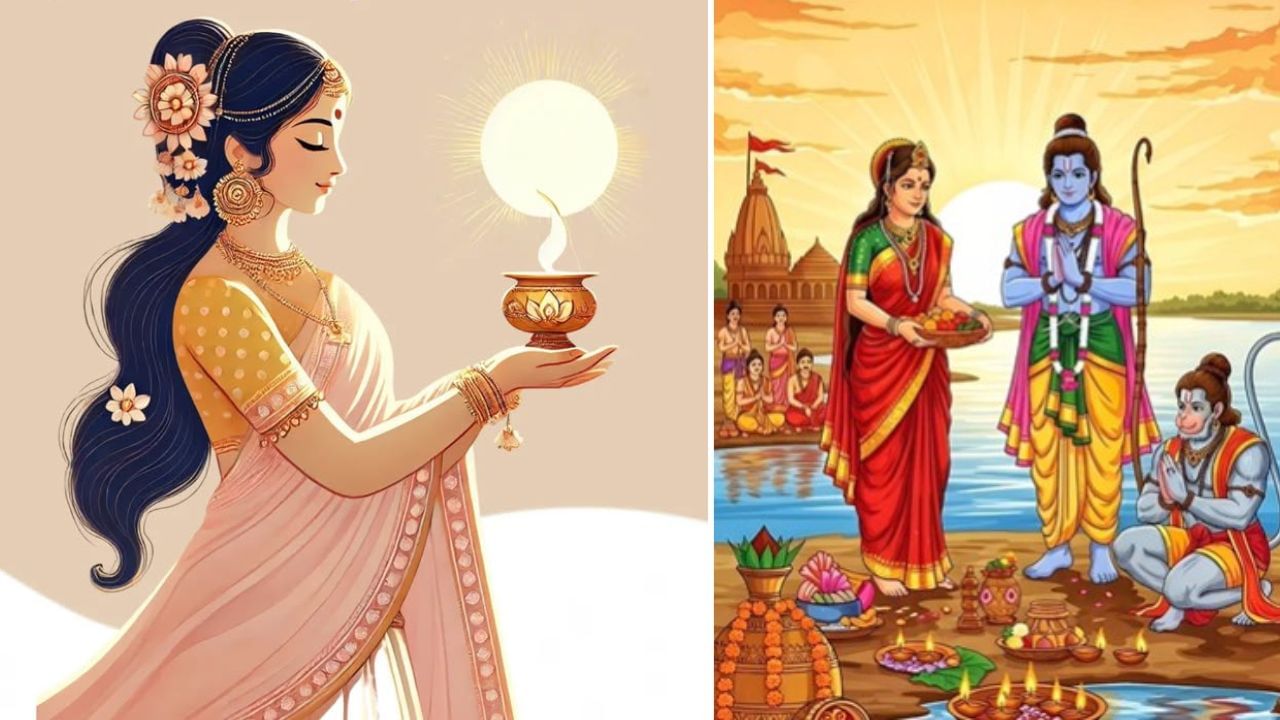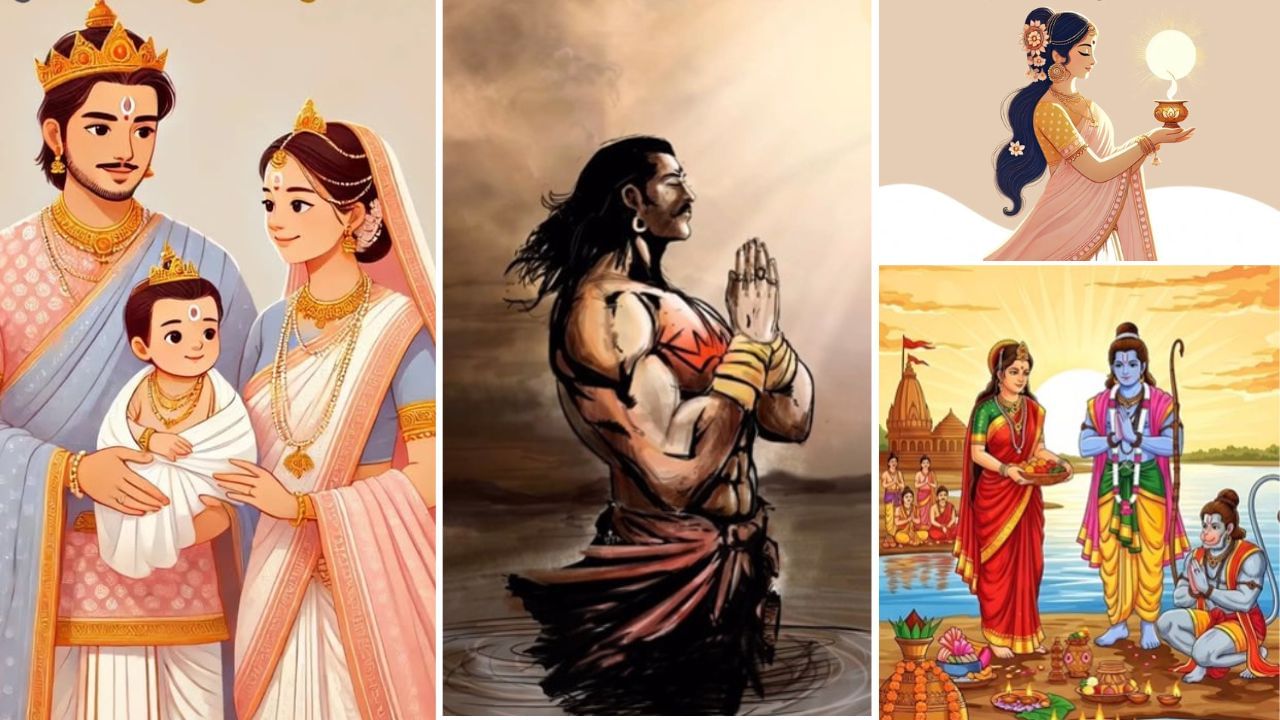New Delhi: Chhath Puja 2025, one of the most ancient and spiritually profound festivals of Sanatan Dharma, is being celebrated from October 25 and will continue till October 28. Observed with devotion in Bihar, Jharkhand, Uttar Pradesh, and Nepal’s Tarai region, the festival reveres Lord Surya, the Sun God, and Chhathi Maiya, embodying purity, discipline, and gratitude toward nature. Unlike other festivals focused on grand decorations, Chhath Puja is marked by strict fasting, sunrise and sunset prayers, and complete surrender to divine energy.
The festival unites millions of devotees who offer ‘arghya’ to the rising and setting sun while singing devotional songs and performing rituals. Through these practices, Chhath Puja mirrors the core values of Sanatan Dharma: devotion (bhakti), discipline (tap), and gratitude (kruta gnyata), connecting humanity, nature, and spirituality in a timeless tradition. It will be interesting to know about its origin and who were associated with Chhath Puja from ancient times. Read here.
Origin of Chhath Puja
1. King Priyavrata

The origins of Chhath Puja trace back to King Priyavrata, son of the first Manu. Childless and sorrowful, he and his queen, Malini, performed a sacred yajna. Though the queen’s child was stillborn, divine intervention by Devasena, daughter of Brahma, revived the infant. Priyavrata then pledged to establish Chhathi Maiya’s worship across the land, making her the protector of children and a source of hope for childless couples.
2. Karna

Karna, son of Surya Dev and Kunti, also played a crucial role in Chhath Puja’s history. Known for courage and generosity, Karna performed daily arghya while standing waist-deep in water, symbolising humility and devotion, a practice that inspires people in modern times.
3. Sita and Draupadi

In the Ramayana and Mahabharata, too, practising Chhath rituals are found: Lord Rama and Sita offered prayers after their victory, while Draupadi and the Pandavas fasted to regain their kingdom under sage guidance.
Rooted in the Vedic Sanatan tradition, sages and priests performed these practices as spiritual discipline. Today, Chhath Puja rituals form a bridge between ancient wisdom and modern household devotion and continue to inspire millions.
